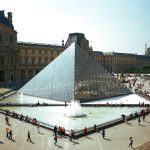Unusual Attractions in Athens
Antikythera Mechanism ( National Archaeological Museum)
FOR OVER 2,000 YEARS, A shipwreck lay off the coast of the Greek island of Antikythera, its hidden treasures slowly corroded by the Mediterranean. It wasn’t until 1900 that sponge divers happened upon the loot, and found therein a perplexing device of remarkable engineering – though the divers had no idea how truly remarkable it was at the time. The device sat in a museum for fifty years before historians began to take a serious look at it. Known as the Antikythera mechanism and called a “clockwork computer,” this small bronze instrument is unique because it precedes any machine of comparable complexity by more than a millennium.
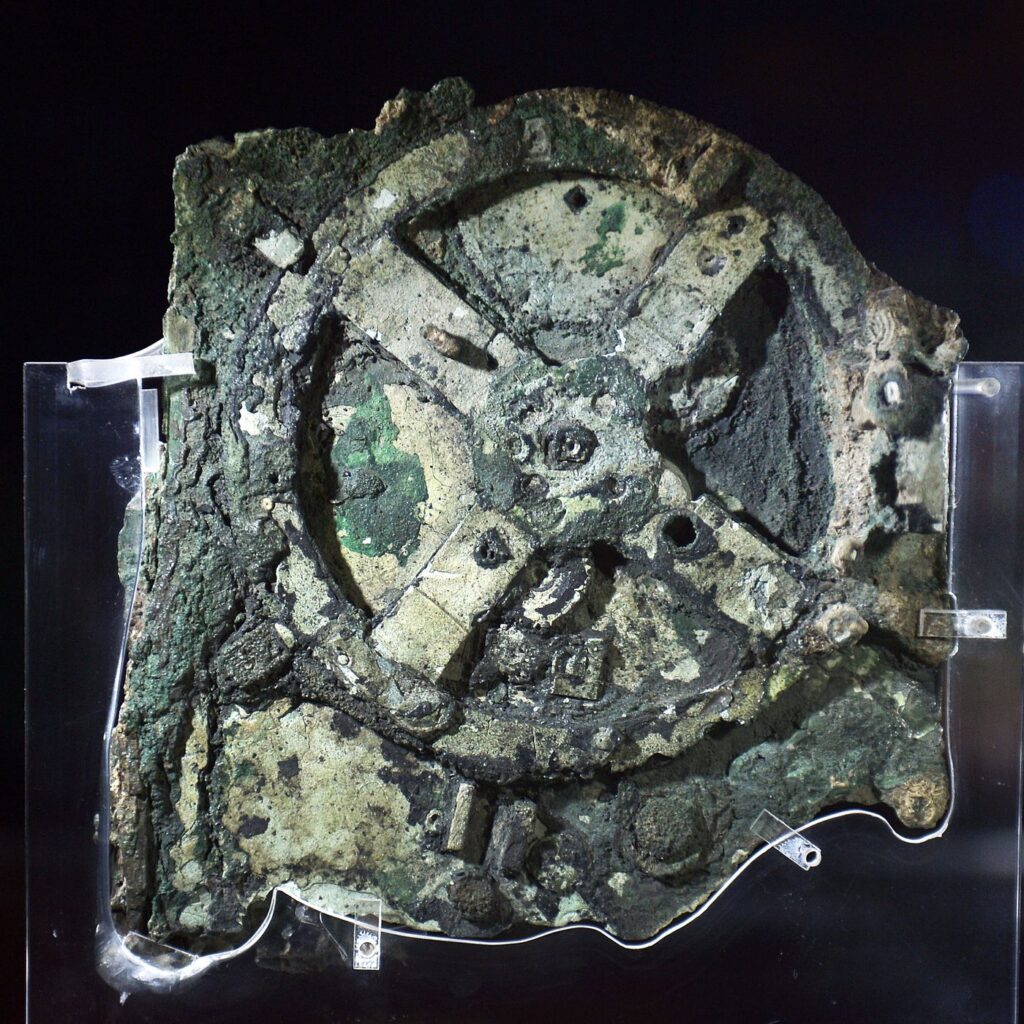
The mechanism was built circa 200 BC, and, with over thirty gears hidden behind its dials, it is easily the most advanced technological artifact of the pre-Christian period. Regarded as the first known analog computer, the mechanism can make precise calculations based on astronomical and mathematical principles developed by the ancient Greeks. Although its builder’s identity and what it was doing aboard a ship remain mysteries, scientists have worked for a century to piece together the mechanism’s history.
Somewhat surprisingly, most consider it unlikely that the Antikythera mechanism was a navigational tool. The harsh environment at sea would have presented a danger to the instrument’s delicate gears, and features such as eclipse predictions are unnecessary for navigation. The mechanism’s small size, however, does suggest that it was designed with portability in mind. According to some researchers, a more plausible story is that the mechanism was used to teach astronomy to those with little knowledge of the subject.
To use the instrument, you would simply enter a date using a crank, and, when the gears stopped spinning, a wealth of information appear at your fingertips: the positions of the Sun, Moon, planets, and stars, the lunar phase, the dates of upcoming solar eclipses, the speed of the Moon through the sky, and even the dates of the Olympic games. Perhaps most impressively, the mechanism’s calendar dial could compensate for the extra quarter-day in the astronomical year by turning the scale back one day every four years. The Julian calendar, which was the first in the region to include leap years, was not introduced until decades after the instrument was built.
While the Antikythera mechanism is the only known artifact of its kind, its precise engineering and the fact that similar instruments were described in contemporary writing lend strong support to the notion that it was not unique. It is thought that the famous inventor Archimedes of Syracuse constructed comparable devices. Some believe that the instrument came from the school of the astronomer Hipparchus. Whoever the builder was, they were likely Greek, as evidenced by the written instructions that are attached to the instrument’s face.
Today, the Antikythera mechanism is housed is in the Bronze Collection of the National Archaeological Museum of Athens. A replica of the mechanism is also on view at the American Computer Museum in Bozeman, Montana. When Jacques-Yves Cousteau made his last visit to the shipwreck in 1978, he found no additional pieces. Nevertheless, the device continues to reveal its secrets to the researchers of the Antikythera Mechanism Research Project, an international effort supported by various universities and technology companies.
Hadrian’s Reservoir
One of Roman Athens’ most amazing engineering feats now lies below a modern outdoor movie theater. Fans of the silver screen can gather beneath the night air to watch their favorite films, all while perched atop a nearly 2,000-year-old reservoir. Due to Athens’ growing water needs in the second century CE, Emperor Hadrian ordered a project to increase the city’s water supply. Construction thus started in 125 for an aqueduct that began at Mount Parnitha and stretched more than 12 miles to the base of Mount Lycabettus, where a reservoir was built.The aqueduct consisted primarily of an underground channel constructed manually through solid rock. When completed in 140 CE, it was Athens’ largest infrastructure project to date. Hadrian’s Reservoir sits at the western base of Mt. Lycabettus. Pipes originating there provided enough water to cover the needs of the area’s residents for over 1,000 years. The structure had a propylon (destroyed in the late 18th-century) with four Ionic columns and an architrave with a dedication to Hadrian and his successor Antoninus Pius, during whose reign the work was completed.
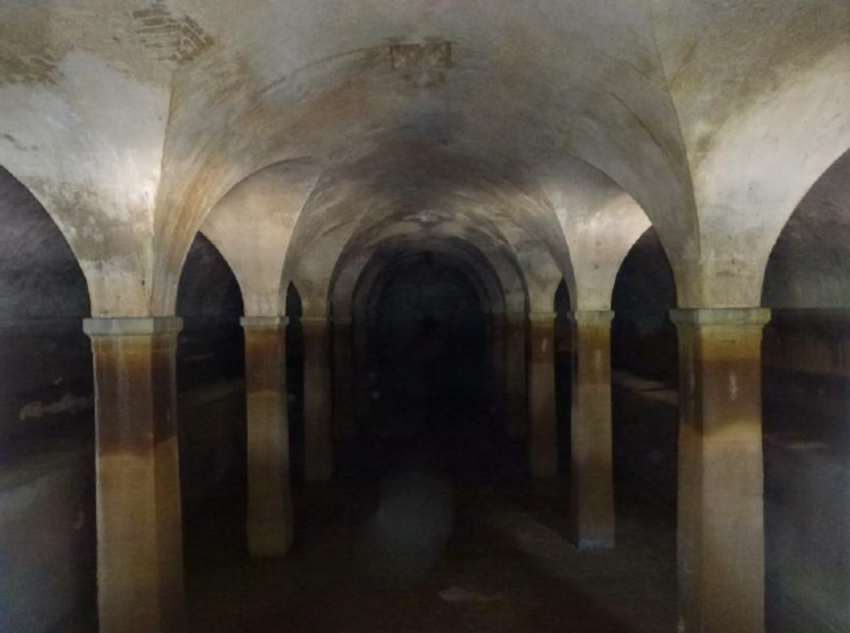
The reservoir was abandoned during the Ottoman Empire’s occupation, causing most residents to become reliant on wells. Restoration of the aqueduct began in 1847, though it ceased to be a main source of water after the construction of the Marathon Dam in 1929. Today, it no longer supplies drinking water. Some water from the reservoir still makes it to the end, though it empties right into the sewer. Currently, only parts of the steps and two column bases remain at the site. A portion of the architrave also still exists, though it currently sits in the National Gardens.
Know Before You Go
The reservoir sits in Dexameni (Reservoir) Square, beneath Cinema Dexameni. Access inside the reservoir building is restricted; however, there are large viewing portals on the western walls that offer a great view inside. Annually on January 6, the Epiphany, the Greek Orthodox ritual of the “Blessing of the Waters” is held in front of the reservoir. During this ritual, the reservoir is opened and the water is blessed by a priest, who immerses a cross in the water and then sprinkles followers with the now-holy water. If you wish to view the portion of the architrave that still exists, it sits in the National Gardens near the Children’s Library.
Magic Sphere of Helios (Acropolis Museum)
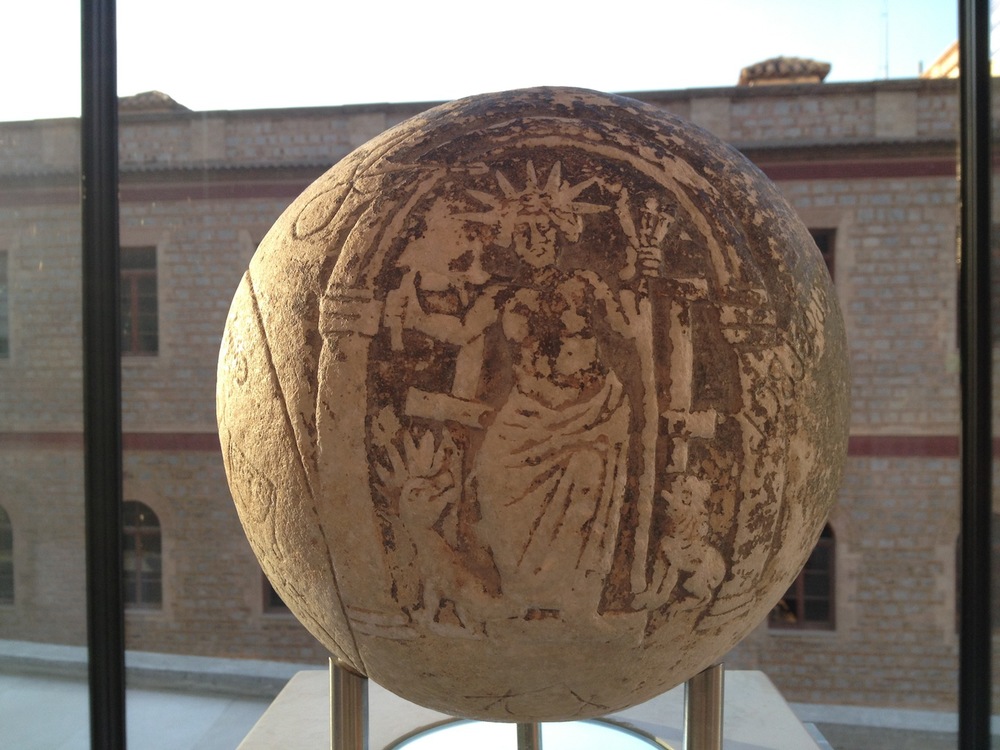
The celestial symbols covering this odd orb bewitch the imagination. And according to some, that’s exactly the point, as it’s thought the ancient Greeks may have used the sphere in magic rituals. The large marble sphere was found in 1866 at the Theater of Dionysus, which stands at the foot of the famed Acropolis. It’s believed the curious orb was created sometime between the second and third centuries CE. Not much is known about the strange sphere. Because it was found buried near the Theater of Dionysus—a place where duels and various sporting events were held—it’s said the ball may have been used in magic rituals by those hoping to win. The carvings adorning the sphere are mysterious and mystical. Most agree the human figure is a depiction of Helios, the god of the Sun. He sits atop a grand throne, clutching a whip in one hand and three lit torches in the other. A great beast rests at his feet, which is said to be either a lion or a dog and is thought to represent a constellation. Other animal and celestial symbols cover the rest of the sphere. Scan the globe, and you’ll come across a whole medley of magical, alchemistic, and astral symbols.
Tower of the Winds
Most archaeological sites in Athens, are old temples, but this ancient structure had a scientific purpose. When it was constructed at the end of the 2nd century BCE, the Tower of the Winds included sundials, a clepsydra (water clock), and a weather vane, effectively making it the first meteorological station in the world. The octagonal structure was made almost entirely out of Pentelic marble, the same kind used for the Parthenon, which is rare to find in any structures other than temples. Built to measure time, it is also known as a horologion, meaning timepiece. Each of its eight sides faces a point on the compass, and features a frieze depicting each of the eight ancient Greek wind gods, giving the tower its name. They are: Boreas (north), Kaikias (northeast), Eurus (east), Apeliotes (southeast), Notus (south), Lips (southwest), Zephyrus (west), and Skiron (northwest). Beneath the friezes are eight vertical sundials where the shadow was cast on hour lines that, while faint, are still visible today. The building was originally topped with a bronze weather vane depicting the Greek Messenger of the Sea Triton, his hand pointing in the direction from which the wind was blowing. The interior of the structure contained a complicated internal clepsydra, or water clock, which was driven by water flowing down from a large well under the Acropolis. This was essential for use on cloudy days or at night when the sundials were ineffective.
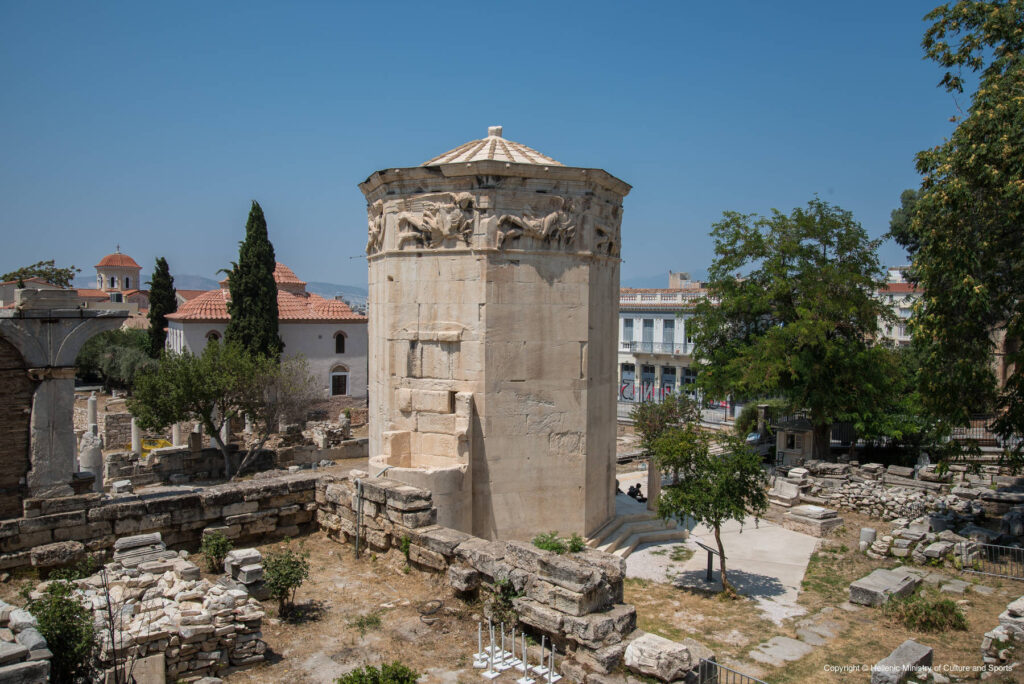
In early Christian times the structure was converted to a church, and the space outside to the northeast was used as a cemetery. During the Ottoman period, it was used as a place of worship by Sufi Muslim Whirling Dervishes. The Dervishes left after the Greek victory on the War of Independence, and afterward the building deteriorated until a restoration project between 1837 and 1845, when it was discovered that half the structure became covered with the earth and debris that had accumulated over the centuries, and half of it was underground.Modern restorations have salvaged the ancient scientific structure, which is located in the Roman Agora between the Plaka and Monastaraki neighborhoods of Athens.
Dromeas (The Runner)
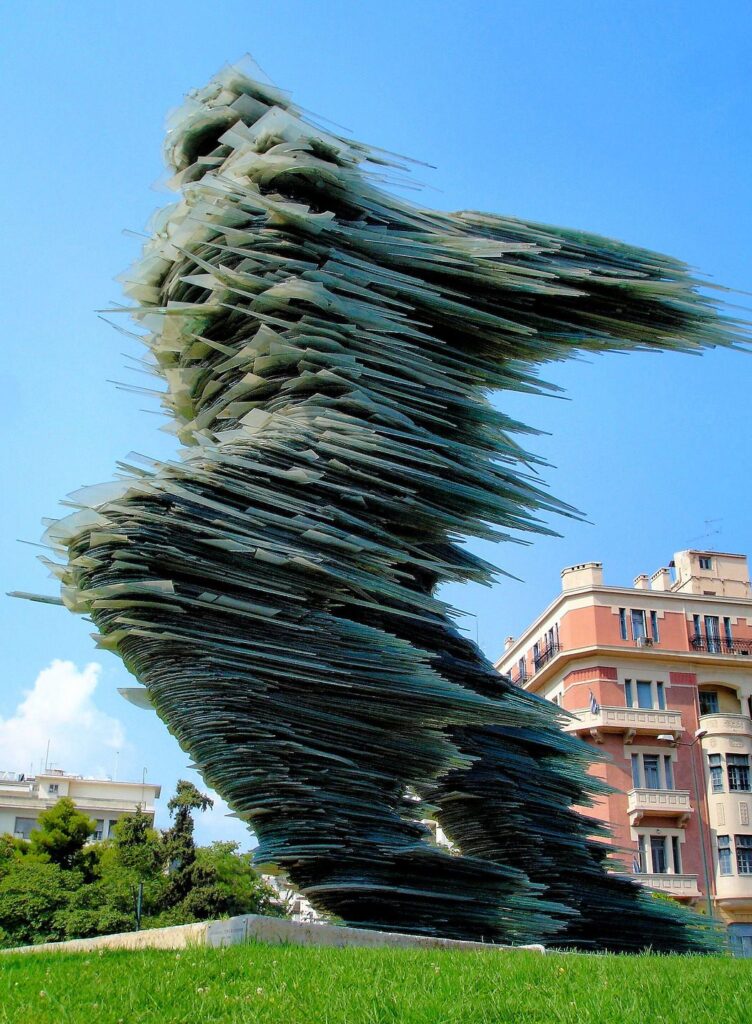
Dromeas, also called The Runner, is made of individual pieces of glass stacked atop each other to take the blurred shape of a runner in motion. Thousands of sharp, jagged pieces of glass form the sculpture. The running figure is the work of Costas Varotsos, who began working on it in 1988 and didn’t finish until 1994. It was originally erected at Omonia Square, but it was later moved because people grew concerned construction and the vibrations from the underground metro would cause it to shatter or topple. It’s a fitting sculpture within a city with so much running history—Athens was, after all, the final destination of Pheidippides’s famous run from the Battle of Marathon. But unfortunately, the artwork wasn’t met with unanimous appeal. Though some heralded the innovative sculpture, others were less-than-pleased with its unusual appearance.
Agia Dynami
This tiny Byzantine-era Greek-Orthodox church honors the Virgin Mary and serves as a shrine for pregnant women to go and pray for a safe delivery. Among all the Byzantine churches still standing in Athens, this quaint little sanctuary has the curious distinction of being the only one surrounded on all sides by a modern building. The Agia Dynami (Holy Power) church was built in the 16th-century. Following the victory in the Greek War of Independence in the 1830s, the buildings around the church were demolished so the street could be widened to serve the growing needs of the city. In the 1950s, the area was again redeveloped and the Greek government attempted to obtain the land the church sat on to build the new headquarters for the Ministry of Education and Religion.
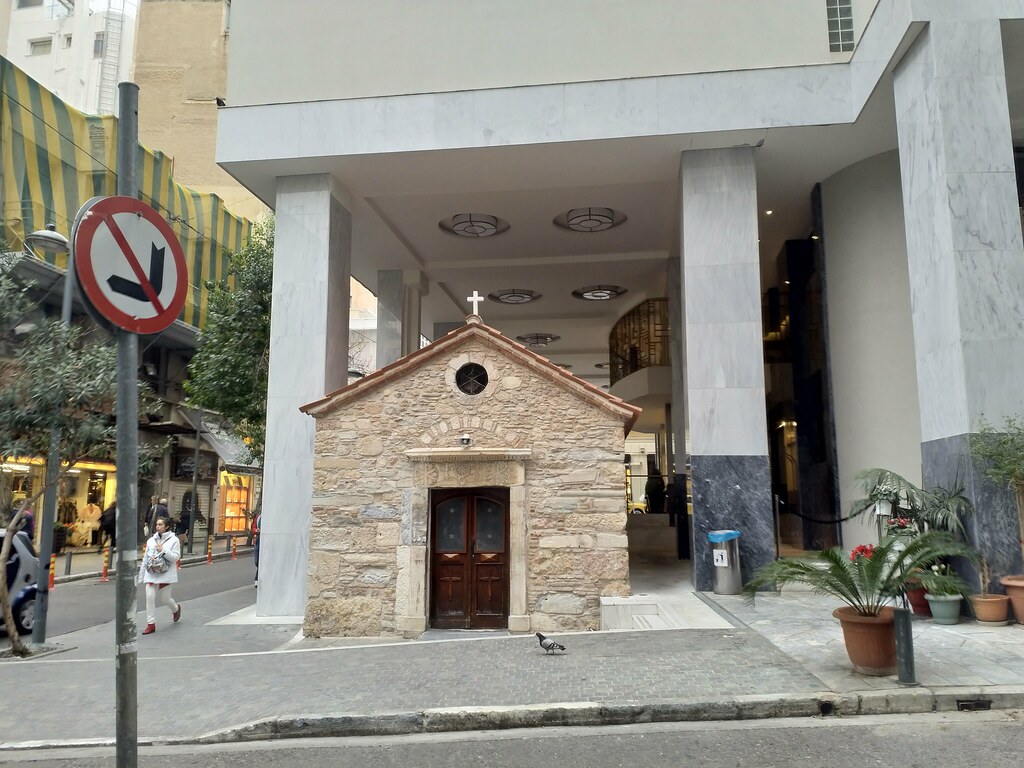
The Greek Orthodox Church refused to surrender the property, so it was decided to build over it, and the small single-aisle church found itself almost entirely ensconced in a modern municipal building, wedged between the supporting pillars of the new construction. (The building was converted to the Electra Metropolis Hotel in 2016.) Inscriptions found on the grounds suggest the little church was built on the site of an ancient temple dedicated to Heracles, the Greek demigod famous for his strength and for performing “the 12 labors” upon request of the king of Tiryns. A 50-foot tunnel was discovered under the church connecting it to a large cave system that some say reaches to the Acropolis and the Kaisariani Monastery on the north side of Mount Hymettus. In 1963, a steeple was built over the entrance to the tunnel prohibiting future access. .
Know Before You Go
The church was renovated in 1912 and again in the 1950s. It is usually open daily, with many Athenians popping in on their way to and from work to say a quick prayer or light a candle. The church’s main celebration takes place annually on September 9, the date of the birth of Virgin Mary. Dress codes vary from church to church in Greek Orthodoxy. If you wish to enter the church, a show of respect to the church and its members is achieved by modest clothing and proper behavior. For men, shorts, tank tops/sleeveless shirts and sandals/flip flops are frowned upon. Women’s shoulders should not be shown in church so anything strapless or with thin straps should be avoided. Skirts and dresses should at a minimum come below the knee. Some churches ask that no leg be shown.
Athens Comics Library
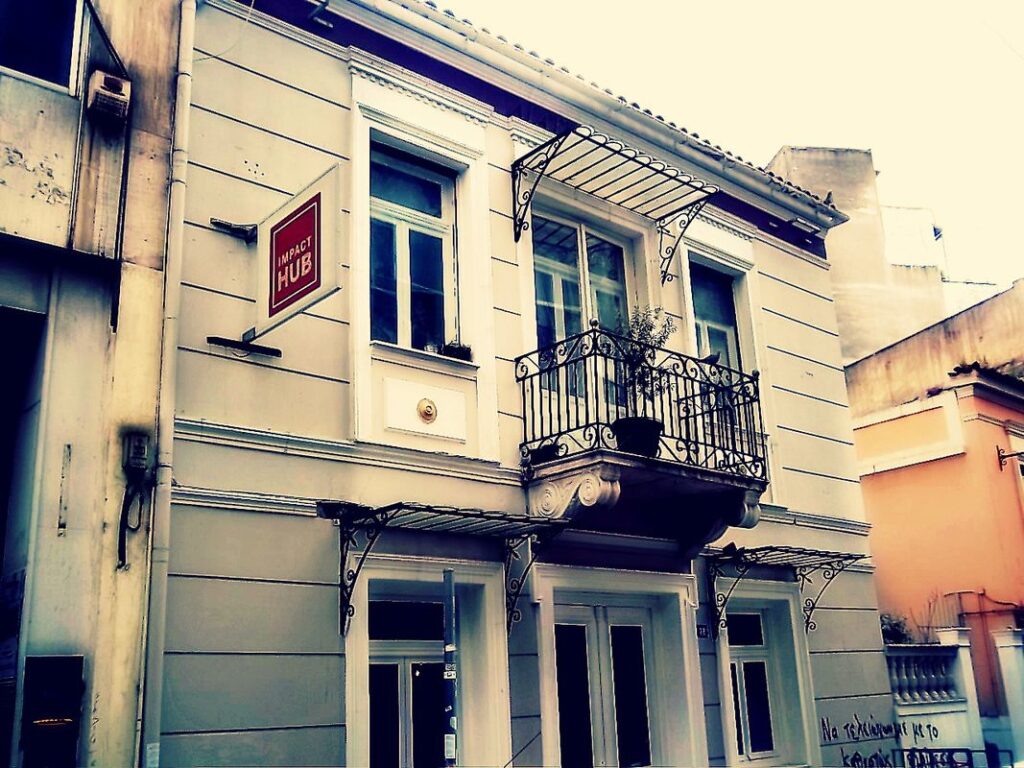
If you live and breathe comics, you will love the Athens Comics Library, located within the Impact Hub Athens in Psyrri. The lending library features a collection of over 2,500 titles from Greek and international graphic novels and comics, suitable for all ages and tastes. The entrance fee is 2 euros and allows you to read as many comics as you want. If you want to borrow some novels, just sign up to become a member (for a fee). The library also offers seminars, workshops and other events related to the comics world, and aims to be a hub for people who share a common interest in graphic novels and comics.
Poulopoulos Hat Factory
In 1886, a cloth wholesaler from Kalamata named Elias Poulopoulos traveled to Athens with dreams of success. Poulopoulos had a passion for hats and was determined to start a factory to produce them. He purchased a large plot of land in the Thissio area of the city, and by 1890 his dreams were fulfilled when he opened the Poulopoulos Hellenic Hattery, soon to be commonly known as the Poulopoulos Hat Factory. The factory was built in the shape of a trapezoid, with curved stonework interrupted by false Doric columns and a tile roof with a tall chimney rising above the factory. The building was nearly 40,000 square feet and originally covered an entire city block surrounding a central courtyard. It was originally a single-level building but a second level was later added. A unique feature was the brightly colored sign on the building’s exterior bearing the company’s logo. The factory’s chimney and logo became synonymous with the Thissio area.
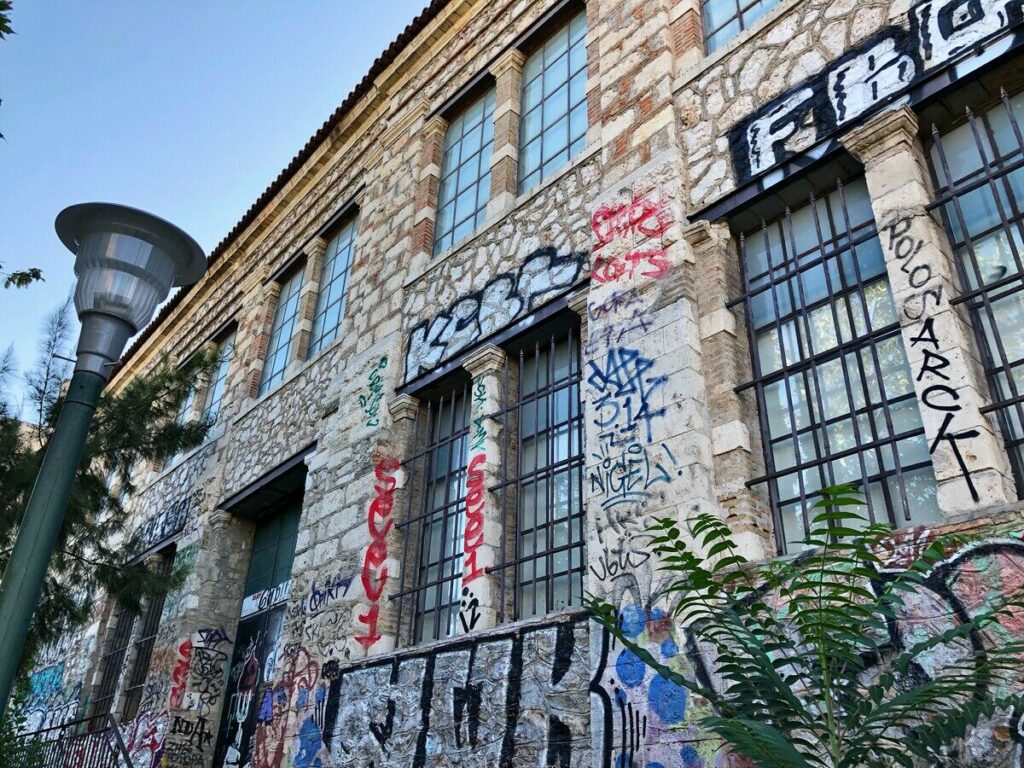
Poulopoulos produced new and innovative styles of hats and created a successful and growing business. The population exchange between Greece and Turkey in 1923 resulted in a boost in business that helped make the Poulopoulos Hat Factory not only the largest hat makers in the Balkans, but also the winner of numerous international competitions. As its peak in the 1920s, the factory had more than 400 workers. Business still thrived in the ‘30s and early ‘40s until World War II, when the Germans inflicted significant damage to the building. Evidence of the destruction is still visible today in the form of shrapnel and exterior bullet hole damage. When the German occupation ended, the factory reverted to civilian use and operated for a few more years until it closed due to the post-war economy not being able to support it. Only a small part of the original building survives today, and in 1985 what was left was given historical status by the Greek government due to its importance to industrial architecture. In 1988, the government purchased the building and restored it. A portion of it now houses a small graffiti-covered cultural center in honor of Melina Mercouri, a Greek actress, singer, politician, and strong advocate for the protection of Greek culture. Visitors should be aware of their surroundings, as this area borders a high crime area and has fast traffic on the streets in front of the building with blind spots.
Numismatic Museum of Athens
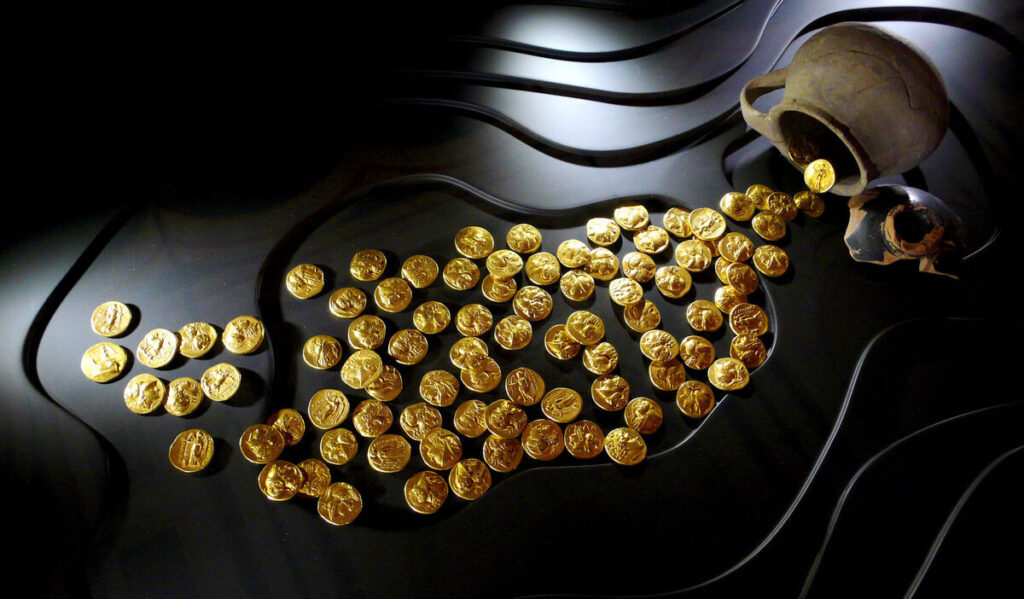
In Athens, Greece, there is a museum dedicated to numismatics and is home to one of the largest collections of ancient and modern coins in the world. Inside are well over 500,000 items, and not just coins, but also medals, dies, stamps, and other items relating to the history of coinage. The museum also houses a library specializing in numismatics, as well as a conservation laboratory. Shortly after the independence of Greece during the early 19th-century, the state initiated a project to collect coins, first focusing on the coinage of ancient Aegina. The museum was founded in 1838 and was housed in the main building of the University of Athens; it was later moved to the building housing the Academy of Athens, where the artifacts were first exhibited. It became independent in 1893 and 1965, but it was not until 1984 that the current building was officially authorized to house the museum. After a major renovation, the museum opened in 1998 and the entire collection opened to the public in 2007. The building itself is known as the Iliou Melathron (“Palace of Lion”) and it originally belonged to German archaeologist Heinrich Schliemann, who is famous for his discovery of Troy. Designed by Ernst Ziller, the mansion was constructed between 1878 and 1880, and was considered the most magnificent private residences in Athens at the time of its completion. The museum is open every day, except Mondays, from 8:30 a.m. to 3 p.m. Entry is €3 for adults. The nearest station is Syntagma.
Brettos

Brettos is the oldest distillery in Athens. With their colorful walls and familiar atmosphere, it’s a great place to stop if you want a drink or two. Or if like me, you’re a color freak, you might just want to go inside, grab a picture and dream about having this kind of setup in your own house. The oldest distillery in Plaka with over 100 years of operation and the second
oldest bar in Europe which has fans all over the world. Impressive settings from the past, unique tasting experience, friendly environment and unrivalled service right in the heart of the historical center of Athens. The unsuspected visitor of the historic center of Athens can not miss the hundreds of colourful bottles and lights that decorate the walls of “Brettos”







